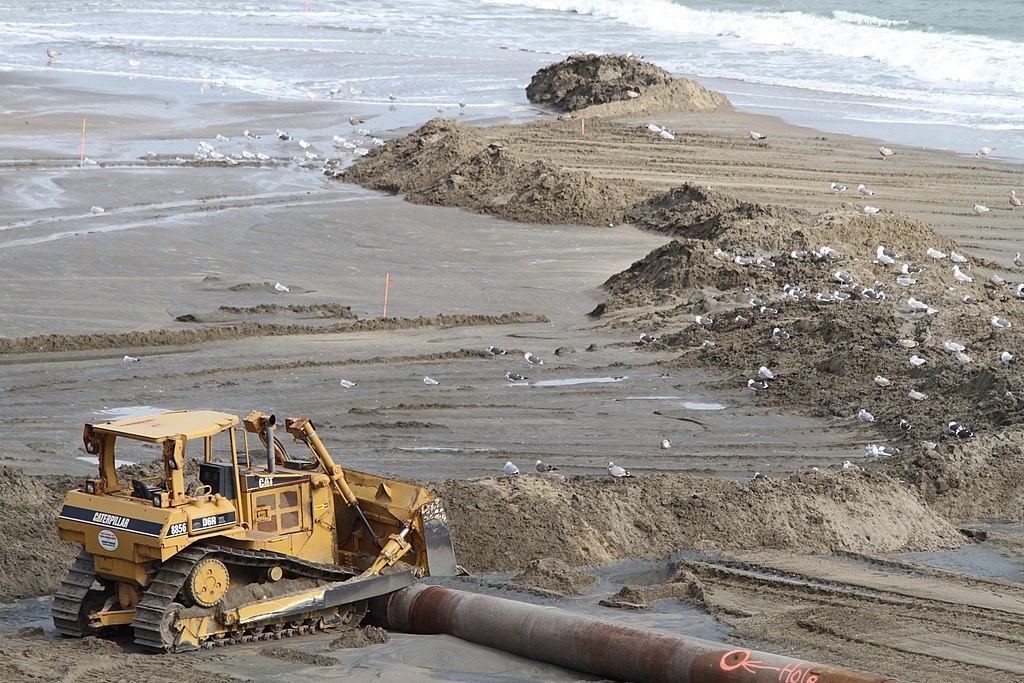Excerpt:
Sand is a ubiquitous construction material, and that’s taking a growing toll on coastal ecosystems and communities.
People are dredging an alarming amount of sand from the seafloor, the United Nations Environment Programme (UNEP) warned today. An average of 6 billion tons of sand are taken from marine environments every year, according to a new global data platform from UNEP.
That comes out to more than 1 million dump trucks of sand extracted per day to make concrete and glass, build new artificial beaches, or replenish eroding coastlines. The pace is getting even more untenable, putting increasing pressure on marine life and coastal communities.
“It’s not sustainable. The amount of sand that we are withdrawing from the environment is considerable and has large impacts,” Pascal Peduzzi, director of a UNEP center for analytics called GRID-Geneva, said in a press conference today. He compared the problem to deforestation or overfishing, when people are using a resource faster than it can be replenished.
Concrete happens to be the second most widely used substance in the world after water, and sand is a main ingredient in the ubiquitous building material. Glass and semiconductor chips are also made from silica sand. There are also a lot of artificial shorelines around the world, such as newly built islands or former wetlands paved over to expand a city’s footprint.
The seemingly insatiable demand for sand takes a toll, unfortunately. As rising sea levels shrink shorelines, some communities rely on sand dredged from the nearby seafloor to replenish beaches. In the future, there could be less of that sand available for coastal defenses, UNEP warns. And when companies take sand from rivers, less sediment flows down to coastlines that need it.
Removing the bottom of the sea to collect sand wipes out marine life, too. And if too much sand is extracted, “life may not recover,” Peduzzi said in the press conference. There’s also noise pollution and changes to the turbidity of the water that can harm marine life…









